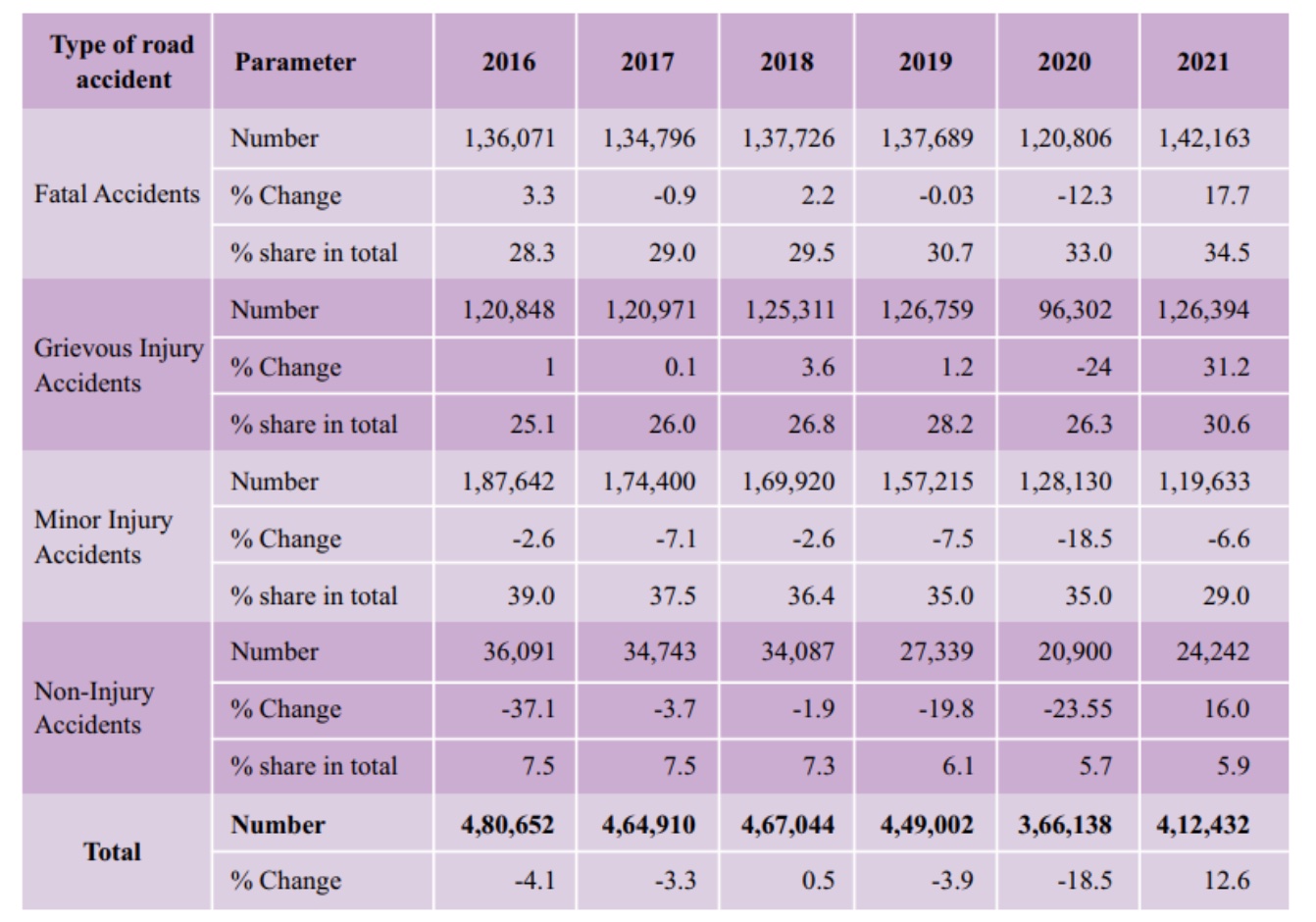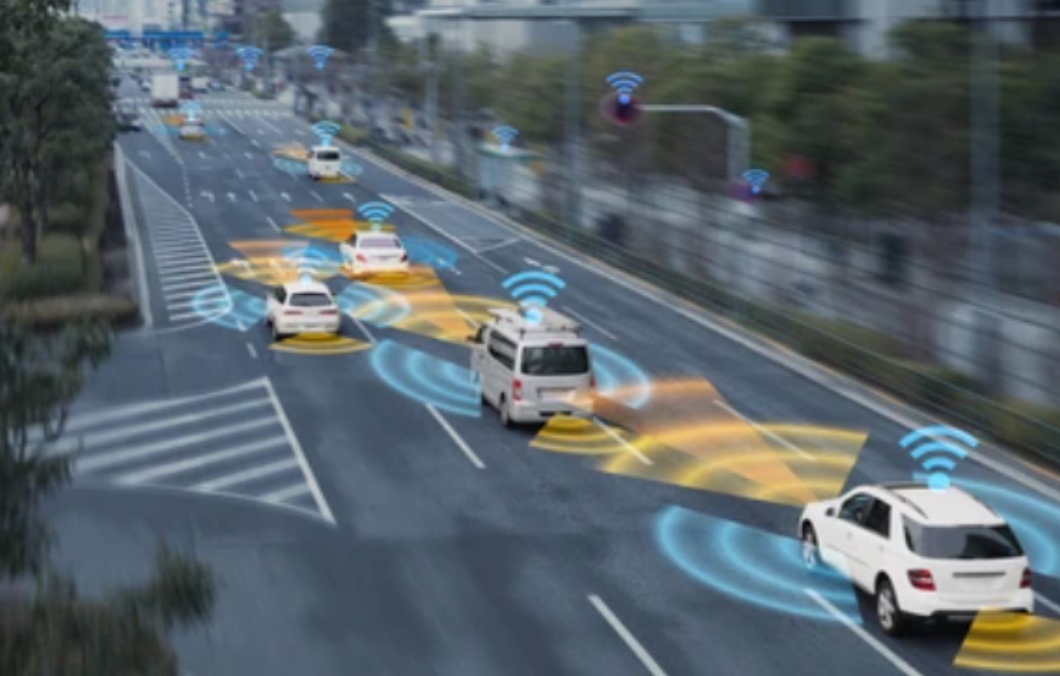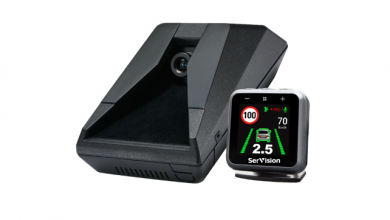Safe Mobility Using ADAS

Evolution has always and primarily been a key factor in driving mankind toward perfection. We see ourselves far from the saturation point even after an impossible breakthrough. Maybe this never-ending endeavor has kept us and the markets running all this time. Even the consumer demands keep pushing the creators to deliver something new every time. When it comes to mobility, high stakes are riding on it. More than 70% of businesses depend on mobility. With the objective of optimizing these businesses, huge efforts have gone to enhance the automobile entities. Along with enhancing these entities, a focus on user convenience and comfort is given. In this phase of transformation, many businesses have even become obsolete while many have thrived by catching the pulse of the market.
In recent times, the term ADAS has been gaining traction in the commercial and luxury vehicle market. The constant need of captivating users by delivering new features has propelled the overall mobility market. ADAS has been constantly evolving with an aim of minimizing human-induced errors and avoiding major mishaps. ADAS was once available for top-end luxury cars but now, ADAS is not just limited to premium segment vehicles but is also available for C and D-segment vehicles. ADAS when paired with the latest technological developments to help India in ensuring increased road safety will be a great gambit to look forward to.
Genesis and rise of ADAS
It all began in 1970 when the concept of an anti-lock braking system was introduced. This was used to provide grip to the tires in case of emergency. It was applied to airplanes, cars, trucks, etc. The adage “Necessity is the mother of invention” still stands true. With the rise of the automotive market, the number of fatalities also started rising. In order to curtail human-induced errors while driving, numerous attempts were made to provide assistance to the driver and to make driving safe. In the beginning, ADAS included blind spot information, anti-lock brakes, electronic stability control, etc. These features did help drivers to a certain extent but could not fulfill their desired objective.
Globalization in India made way for many foreign companies to foray into the market and present world-class products to customers. In this race, Indian companies also adopted methods and techniques that would keep their position intact. It has been a challenge for carmakers to introduce the most advanced features to the most price-sensitive customers. But eventually, even the per capita disposable income grew, and customers started buying high-end luxury products.
The Correlation between ADAS and Road Accidents
If we were to gauge the efficacy and impact of ADAS, we would need to compute numbers. Considering the fact that ADAS gained momentum in the last decade, the number of road accidents also displayed a dip. European nations have been aggressively deploying ADAS in their vehicles for the last few years and as a result, the number of road traffic fatalities in 2009 was 34,000 and in 2019 the number stooped to 23,000. This evidently displays that the implementation of ADAS has lowered road casualties and this shows a significant correlation between ADAS and the number of road accidents. According to Dr.Barry Sheehan from Lero Research Institute, if ADAS is introduced across all vehicles, the number of road crashes would reduce by 23.8% approximately.
Figure: Type of Road Accidents: 2016-2021

If we look at the total number of overall accidents, we can see a slight dip in the numbers for consecutive years (except for 2020 due to Covid outbreak). In this span, ADAS was not prevalent in India and still, we could see this dip. ADAS now being commercialized to most car segments, could even make these numbers fall further.
5G and Connected Cars

Communication has always been beneficial for humans. Better the communication, better the clarity and corresponding output. This could be applicable to cars as well. We would see talking cars only in sci-fi movies and never could have imagined if this all could be real until the advent of 5G. 5G is the technology that every ADAS developer was waiting for because of its low latency. With its huge and diverse applications, 5G could further expand the ADAS market and exhume obscure possibilities.
In a Utopian automotive world, connected cars can facilitate 360 degrees of awareness with a range of 300 meters. There are several applications in a connected car world. An intersection movement assist application can warn drivers when there are other vehicles approaching the intersection. Overtaking has always been a daunting task for drivers. If there is a heavy vehicle ahead of a car and the visibility to overtake is limited, then, the heavy vehicle can communicate with the car about the probability of overtaking after computing the scenario ahead of it. An emergency brake light warning application notifies the driver when an out-of-sight vehicle which is several cars ahead is braking. Cars when equipped with such interoperable network and wireless communication among themselves could give rise to safe mobility in true sense. This type of network and communication is only possible through 5G as of now.
The recent development of smart tyre system where sensors present in tyres can sense the surrounding environment and provide real-time information on road conditions. In harsh weather conditions where visibility is low, connected cars can communicate this information to other cars. This way all the cars in that specific zone could stay alert.
Government Policies and their Impact
Indian government’s move of enabling telecom providers such as Airtel and Jio to conduct 5G trials could work well in favor of India’s automobile market. The government has been on its toes to make mobility safe by all means possible. Be it building top-notch highways for transit, funding research institutes to build in-house ADAS capabilities, or drafting ADAS-related policies. Minister of Road Transport and Highways, Mr. Nitin Gadkari has been planning to make certain ADAS features mandatory. Features such as Autonomous Emergency Braking (AEB) and Electronic Stability Control (ESC) could be made mandatory in Indian vehicles by this year’s end. On a corresponding note, many carmakers have already been presenting such features. Mahindra’s XUV 700 has AEB, traffic sign recognition, lane keep assist, forward collision warning, and blind view monitor. TATA Motors and Honda City E-Hybrid have followed suit. Owing to this trend, many other carmakers would be readily implementing ADAS features in their cars. If this development keeps its pace steady, in a few years we would see even basic models possessing these features and a reduction in the rate of car accidents.
As of now, Indian cars have ADAS Level 2 features and could go up to level 4 in the coming times. The road to implementing completely autonomous cars is fraught with major challenges but, it is surely possible to run Level 5 vehicles on dedicated circuits.
The Road Ahead
Even the most developed nations have faced severe challenges while implementing ADAS. The US itself recorded 400 car crashes in 11 Months that involved automated technology. After all, placing technology entirely at the forefront may not be the utopian world carmakers would have imagined. There certainly has to be a balance to it.
In India, there are different sets of hurdles right from underdeveloped infrastructure to over populous streets. But being the fastest-evolving market, India is adopting technology at a commendable rate. India has been deploying the entire AI/ML cycle locally. Right from the most primitive step such as data collection to the final step involving AI model building is being carried out in India itself. This is a display of India’s independence from foreign entities.
Although, India has to grapple with issues such as overspeeding, drunken driving, and lack of road discipline which are primary causes of road accidents. To monitor and control overspeeding, RFID technology could prove to be beneficial where RFID tags can be used to detect speed. The dilemma of drunken driving is countered by Driver Monitoring System (DMS) where the system reads the facial cues and slows down the vehicle if the driver is drowsy. And the most important of all, Road Discipline, could either be achieved with the collective efforts of citizens or by levying heavy penalties for disobeying the rules.
ADAS is being extended to trucks as well considering the difficulty level of driving involved. This difficulty paired with harsh weather conditions can give rise to severe accidents. Road edge detection system can provide meaningful assistance to truck drivers in this case. This system would detect the edges of the roads and avoid collisions. In addition to these, animal presence on highways also causes a lot of mishaps. A counter-measure to this is an animal detection system where the cameras, infrared, and thermal sensors would be setup in hotspots. This system could identify animal activity and inform drivers well in advance via digital and connected billboards. Here, ARAI (Automotive Research Association of India) could lead the consortium of OEMs and tier 1 firms to build and deploy this ecosystem.
In true sense, India’s victory lies in making ADAS available and feasible for most consumers across the country and making a revolutionary change in its road mobility practices. It has to start with people. It has to start with collective efforts and resounding unison. As it is rightly said, “Technology is best when it brings people together”.
Major companies who have been pioneering in ADAS are Mercedes, Audi, Bosch, Continental, Valeo, etc. Along with these giants, Expert Global Solutions has been one of the early vendors providing services such as data collection, data annotation, embedded development, IoT framework, etc. Recently, Expert Global Solutions merged with Alten Group which is a global leader in Engineering and Technology Consulting. This collaboration will further strengthen the market traction for both companies.
Author:

Saurabh Narwade, Presales Consultant, Expert Global Solutions
He began his professional career in Expert Global Solutions as a Software Engineer and has worked on various verticals of ADAS since 2016. Having led teams for projects such as KPI Analyses, Operations Management, and Data Annotation, he has attained proficiency in the techno-commercial domain.


